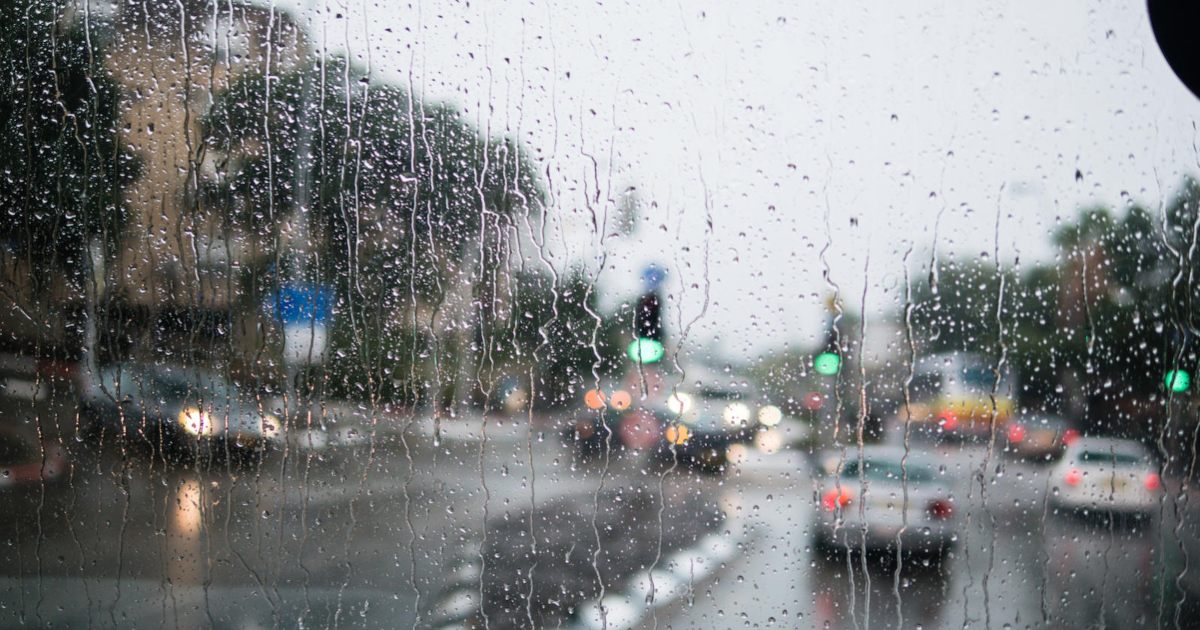Kashmir Rain Update July 2025: Temperatures Drop, Heavy Rains Forecast Till July 17
By: Javid Amin | Srinagar | 15 July 2025
Kashmir valley continues to reel under a fresh monsoon wave as intermittent rains lashed the region for the second consecutive day on Tuesday. The showers, triggered by the convergence of two weather systems, have brought day temperatures several degrees below normal, affecting normal life and triggering alerts for possible flash floods and mudslides.
Temperature Drops Across the Valley
The rains have led to a sharp fall in daytime temperatures across the region. According to the Meteorological Centre Srinagar:
-
Srinagar recorded 23.9°C, which is 6.2°C below the seasonal average
-
Kupwara saw a drop to 22.6°C
-
Gulmarg, the famous ski resort, recorded a chilly 14.6°C
Such temperature dips in mid-July are rare and are a clear indicator of strong upper atmospheric interactions over the region.
Rainfall Data and Forecast
Rain activity intensified from Monday evening, continuing throughout Tuesday with intermittent light to moderate showers recorded across multiple districts.
Rainfall Recorded (Monday Evening to Tuesday Evening)
| Location | Rainfall (in mm) |
|---|---|
| Srinagar | 9.8 mm |
| Gulmarg | 24.4 mm (highest) |
| Other areas | Light to moderate |
Rain Forecast: July 15–17
According to the Meteorological Department (MeT):
“There is a possibility of intense showers at a few places in Jammu and Kashmir between July 15 and 17, with heavy rainfall expected in isolated parts of the Jammu division.”
The weather office has also issued advisories regarding:
-
Flash floods
-
Landslides
-
Shooting stones, especially along hilly roads and vulnerable terrains like Ramban, Uri, and Pahalgam
What’s Fueling This Weather System?
Independent weather analyst Faizan Arif, known for his reliable updates via Kashmir_Weather, explained the rare monsoon behavior:
“A low-pressure zone over Rajasthan is steadily shifting northward. Simultaneously, a western disturbance—a trough at 300 mb pressure level—is moving east toward Kashmir. The interaction of these two systems is likely to intensify rainfall across the valley in the next 24 hours.”
This dual-system convergence is expected to bring moderate to heavy rains, especially in southern Kashmir, Pir Panjal areas, and parts of Jammu region.
Public Safety Advisories
With mountain terrain risks elevated, the following advisories have been issued for residents and travelers:
For Commuters:
-
Avoid travel during peak rainfall hours
-
Check weather and road condition updates before heading out
-
NH44 and other hilly roads prone to shooting stones and landslides
For Residents Near Rivers and Streams:
-
Stay away from flood-prone areas
-
Secure basement and ground-level belongings
-
Prepare for power cuts and minor waterlogging
Tourists:
-
Refrain from visiting trekking routes or alpine destinations
-
Stay informed through official MeT updates
-
Keep essential medicines and gear ready in case of extended wet spells
Local Impact
-
Shopkeepers in Srinagar’s Lal Chowk opened late amid wet streets
-
Vegetable vendors in Anantnag reported dips in supply due to blocked roads
-
Tourist footfall dropped in Gulmarg and Sonamarg, with operators reporting cancellation of pony rides and trekking tours
What Locals Are Saying
“It feels more like October than July,” says Tanveer Ahmad, a schoolteacher in Pulwama. “We’re wearing sweaters in the mornings.”
“The rain is good for the crops, but it’s hurting local trade,” says Ghulam Nabi, a vegetable seller in Baramulla.
When Will the Weather Improve?
The MeT department expects a gradual improvement in weather from July 18 onward, though intermittent showers may still occur.
Long-range projections indicate a return to typical monsoon activity, with alternating spells of sun and light rain into the last week of July.
What Authorities Should Do
Given the increasing frequency of such extreme patterns, experts recommend:
-
Upgrading flood forecasting systems across Kashmir’s river basins
-
Establishing quick-response landslide monitoring units
-
Better coordination between tourism, transport, and disaster departments
-
Creating localized weather alert apps for real-time community awareness
Final Word
While the rain has brought a welcome break from summer heat, it has also exposed the fragility of Kashmir’s infrastructure and highlighted the urgency for disaster preparedness. With more rains expected, caution, cooperation, and awareness are the valley’s best defense.



